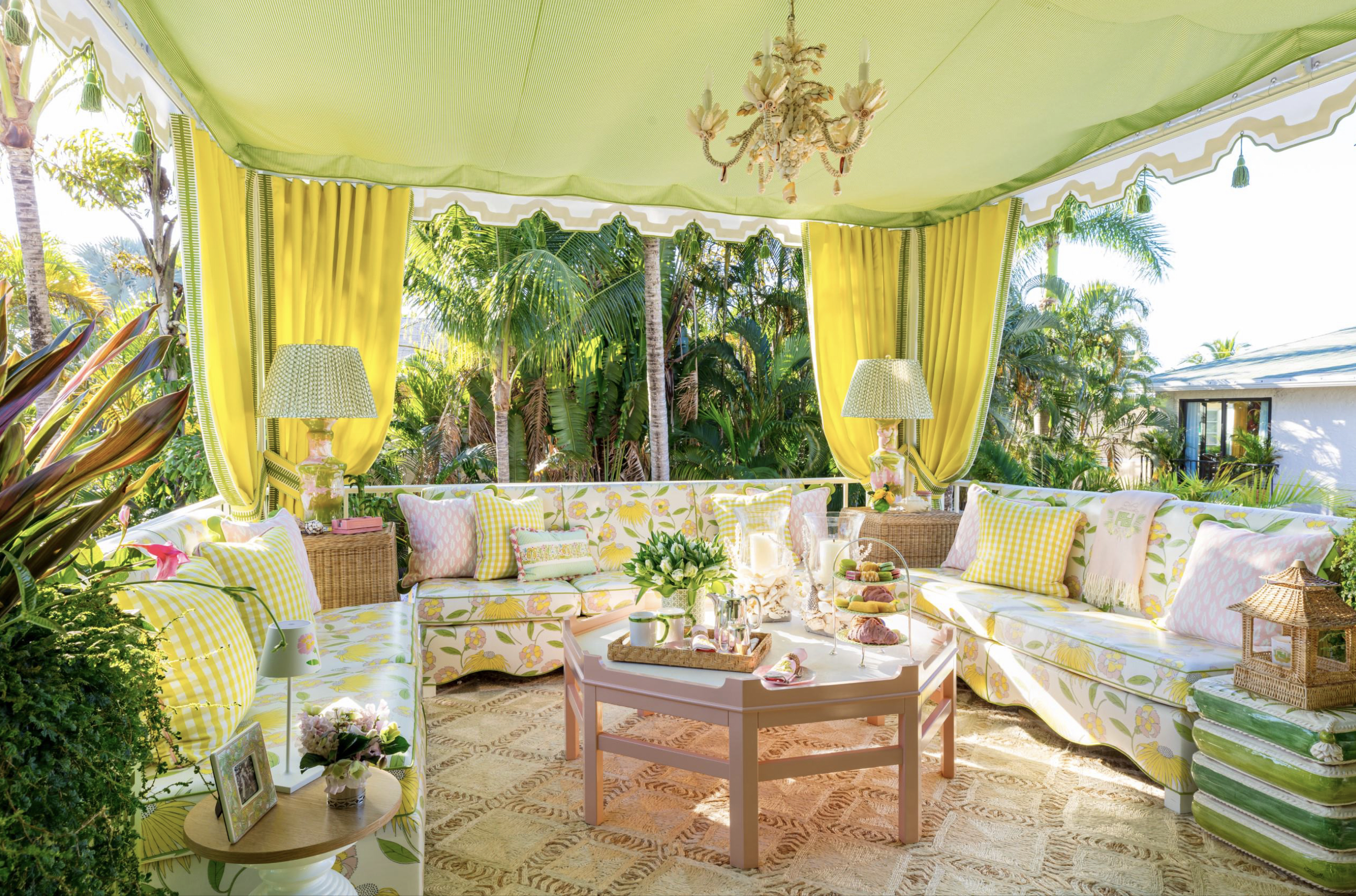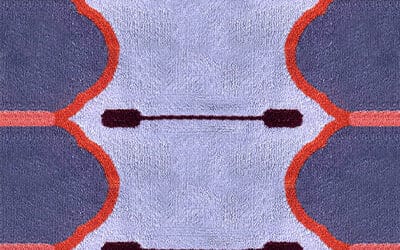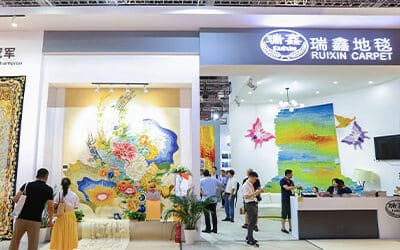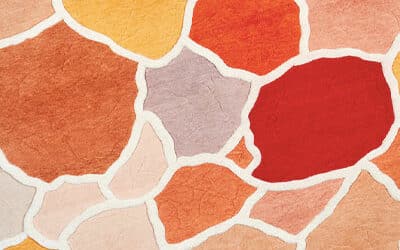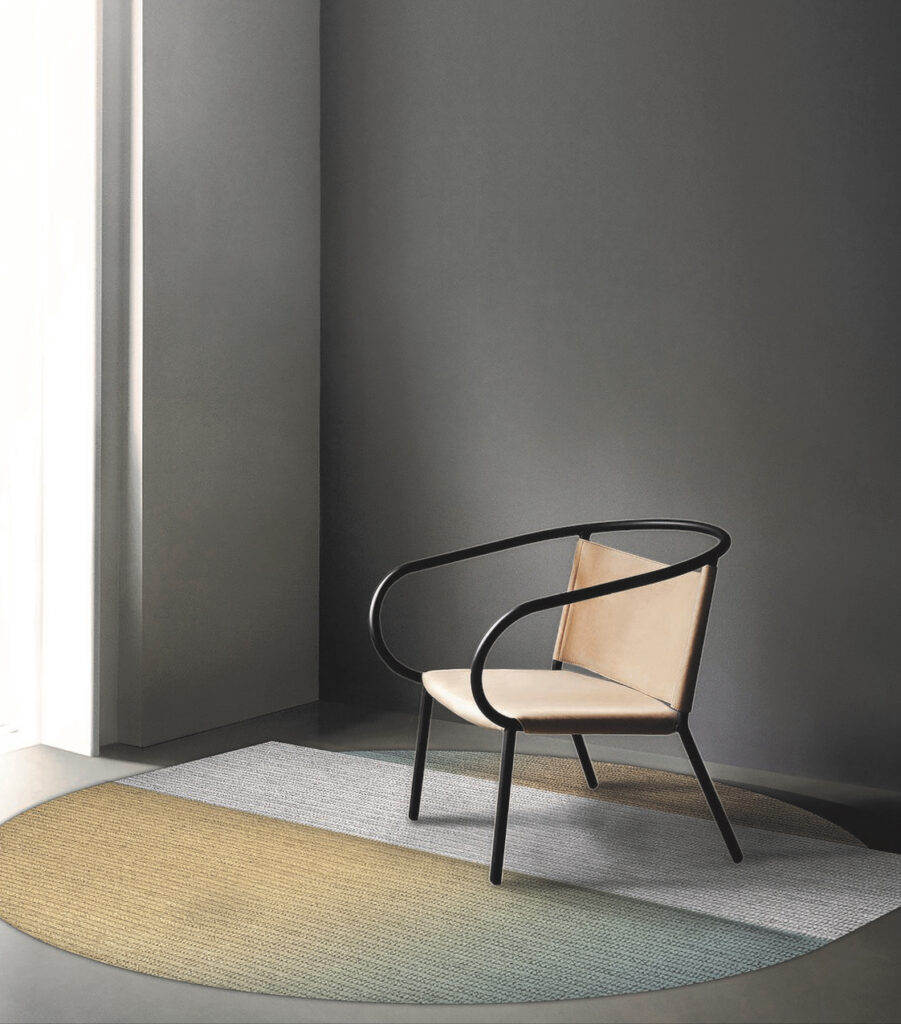
Bast is best. An umbrella term, bast describes fibres made from flax, hemp, abacá, agave, jute, river rush, plus many more. Coiled, plaited and woven bast mats have been made since antiquity.
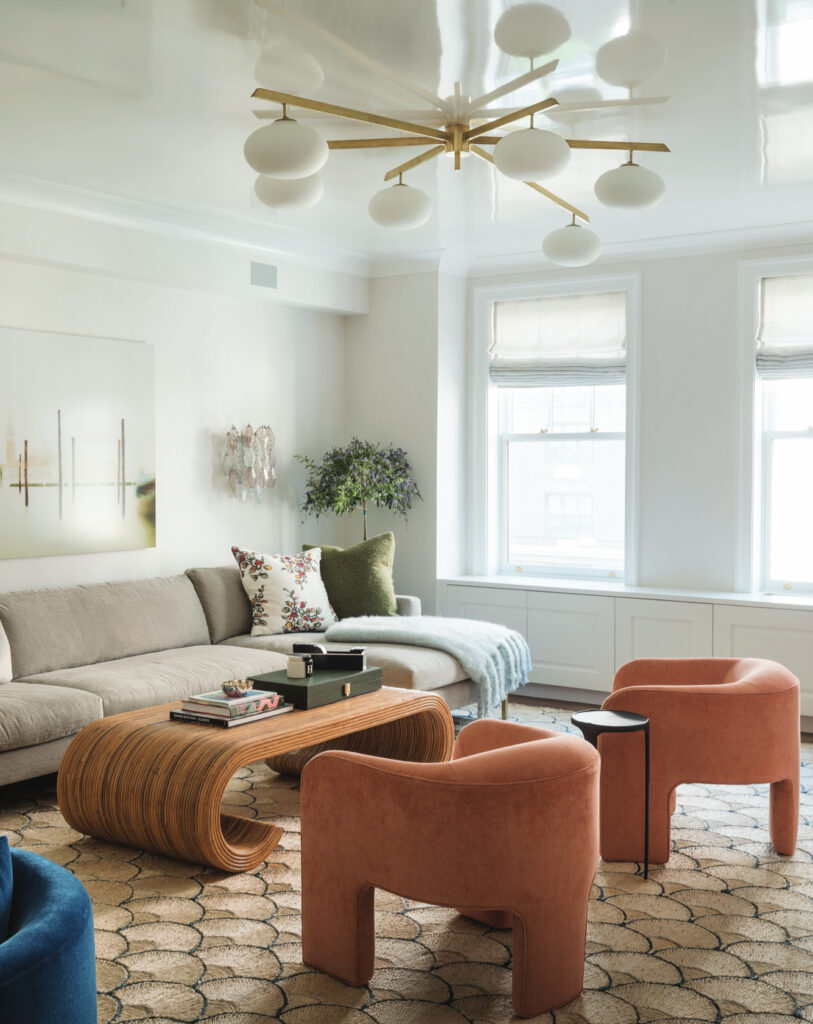
The popularity of bast is partly in response to accelerating awareness of our ecological crisis, which in turn corresponds to a growing appreciation for the preservation of cultural heritage craft. The romance of bast fibres and their historical role in multiple civilisations is epitomised by English artisan Felicity Irons, who plaits spiral rush mats from bulrushes she scythes in the spring and early summer while punting on the Ouse in Bedfordshire and the Nene in Northamptonshire.
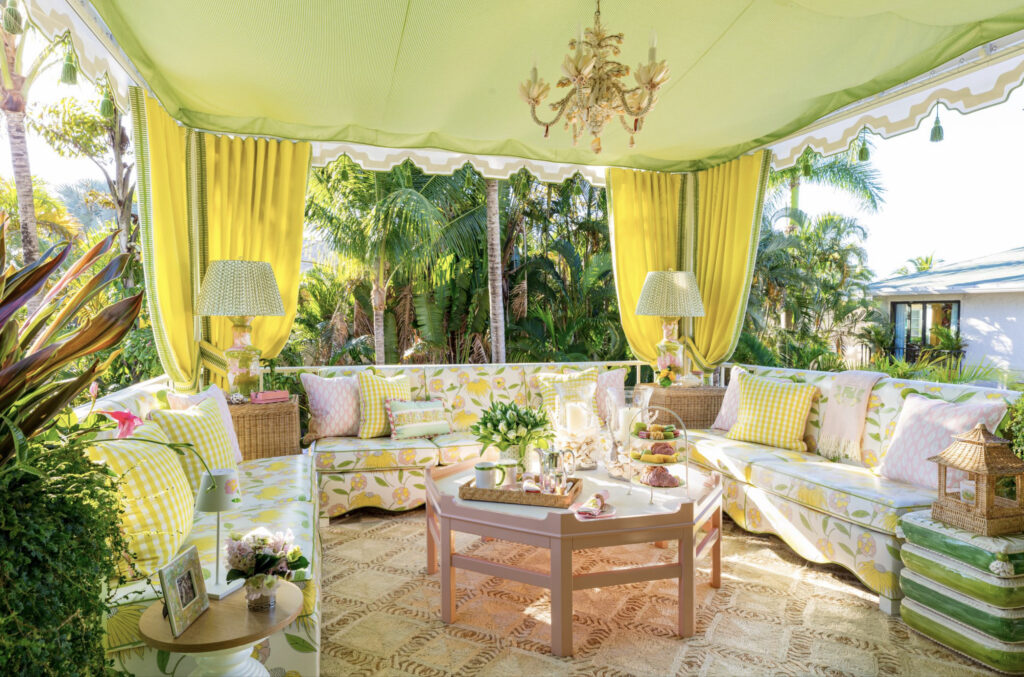
The Global Natural Fiber Carpets Market anticipates a sharp rise in demand for natural fibre rugs and carpets between 2022 and 2028. Apartment Therapy reported in September 2021 on the rising popularity of ‘sophisticated’ patterned jute and sisal rugs. Pam Marshall, Creative Director, Patterson Flynn (to-the-trade luxury custom rug and carpet division of F Schumacher luxury custom rug and carpet division of F Schumacher & Co), agrees that exploded’ for plant-based rugs. ‘We’re known for our use of natural fibres, wool and silk, but also for plant fibres such as jute, sisal, hemp and abacá.’ Marshall believes bast’s popularity is due in part to universal concern over the decline of the natural world and the growing imperative for natural alternatives to synthetic rug fibres that are difficult or impossible to recycle and often release harmful fumes in the home. But bast isn’t popular solely as a response to negatives; its popularity is also due to bast’s ‘incredible textural warmth’, a feature increasingly important in interior design.
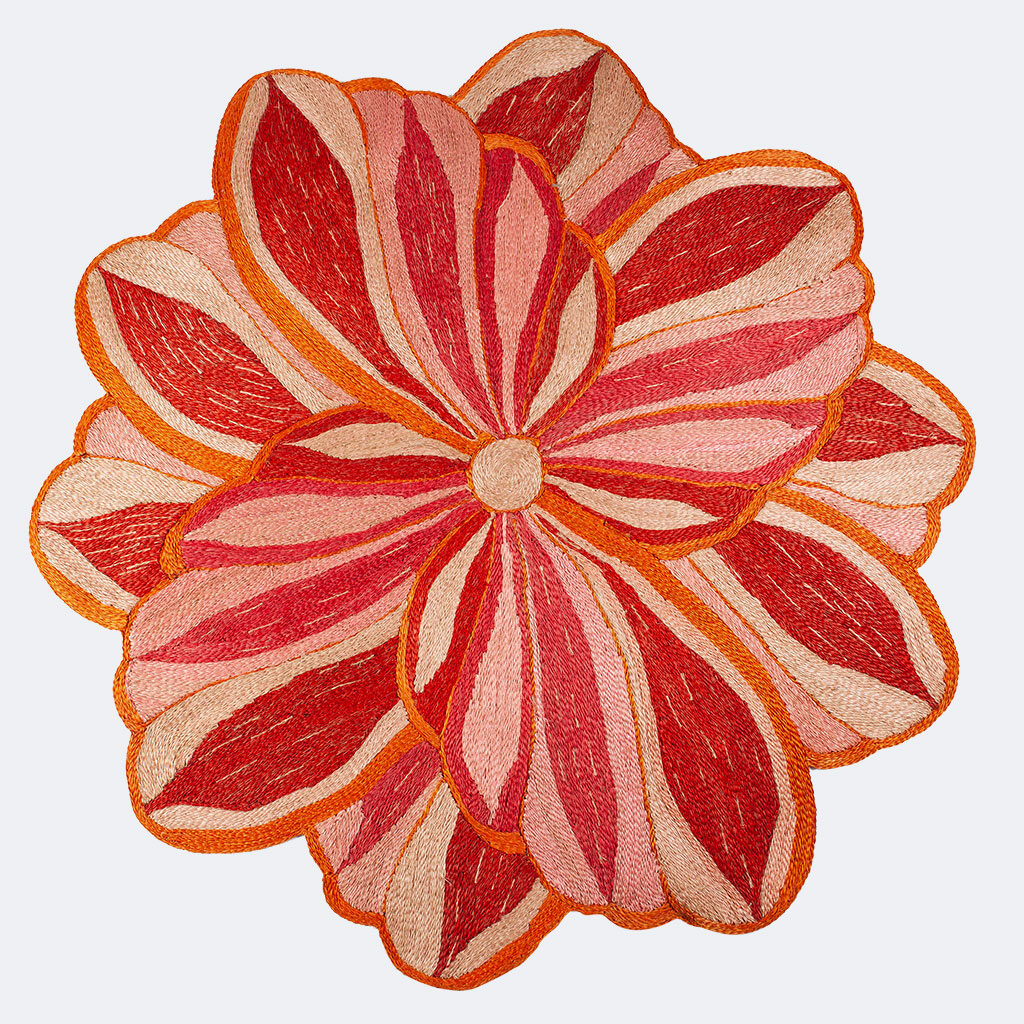
This is an extract from an article in COVER 67. To find out more about bast fibres, buy a copy of COVER 67 or subscribe to COVER here.
